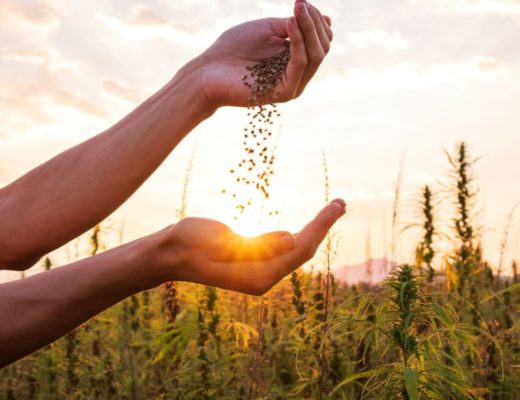Using cannabis as medicine has been around for thousands of years. There have even been 5000-year-old medicine books found in China that write about its amazing healing abilities. It spoke of being used for gout, rheumatism, malaria, to break accumulations and disperse pus, dispel wind, relieve pain, and treat “female weaknesses” (menstruation).
Marijuana for medicinal purposes is used all around the world by millions. These people have not kept quiet about it and videos can be found all over the internet. Videos of people telling their stories on how cannabis has helped them.
This includes helping with, Tourettes, Parkinson’s, anxiety, depression, inflammation, muscle spams, neurodegenerative diseases, cerebral palsy, mood stabilizer, digestion, pain, chronic pain, insomnia, MS, nausea from chemo, poor appetite, arthritis and so much more.
Marijuana is also being used as a safer alternative to opioids. This is because opioids have a high addiction and overdose rate. With marijuana, you can not overdose, though prolonged heavy use is said to lead to addiction and consumption may impair your mobility and decision making so it is not advised to drive or operate machinery while under the influence of marijuana.
Cannabis affects each person differently. Each strain has a different CBD to THC ratio. THC is the stuff that gets you high. CBD does not get you high but helps with pain relief and inflammation. You may have to experiment with different ratios and strains before you find the one that is good for your ailments.
When you decided to start using marijuana, it is said that you should start with a small dose and see how that makes you feel. Slowly making your way up. A small dose is around 2-5mg. Keep track of your dosage and symptoms in a journal.
The science
Cannabis as medicine is fairly new to the scientific world. Due to bans on it around the world, the scientist had to go through a very time-consuming process to even get their hands on some. This included getting approval from the FDA and DEA.
So far scientists know that cannabis has over 500 chemical compounds. Some you’ve probably heard of like THC and CBD. One of those other 500 compounds is known as THCA, which is THC before it has heat applied to it. It is the compound found in the fresh flower of the plant. A doctor by the name of Dr. William Courtney used it to treat chronic lupus in his wife. There is also CBN, which is said to be a pain reliever, as well as help with insomnia and convulsions.
It is these compounds and many more that lead cannabis to also be known as a “pharmacy in a plant”. With all the different compounds found in cannabis, it is no wonder why it can help with so many different disorders and diseases.
On account of all of its chemical compounds, it’s been hard for doctors to be able to prescribe it. Doctors like to be specific and have something that can be replicated. They can’t do that with cannabis because it works differently for each individual. It is also hard to get covered by insurance since it is still a federally illegal drug.
More Science: Cannabinoids
Marijuana is full of cannabinoids. Cannabinoids are active compounds found in cannabis that have effects on the body. Endocannabinoids (ECS) are cannabinoids that our body naturally produces. Cannabinoids work with the endocannabinoid system.
ECS helps our bodies regulate pain, mood, appetite, memory, and stress. When cannabinoids get into our system they act as the ECS do and start to help regulate pain, mood, appetite, stress, and much more.
In our body, two receptors receive cannabinoids. They are known as CB1 and CB2 receptors. CB1 receptors are found throughout the nervous system, while CB2 receptors are mostly found in immune cells.
THC binds to these receptors and creates a response. It is theorized that the psychoactive effects you feel when you smoke are because of THC binding to CB1 receptors and affecting the nervous system.
Negative Effects
Negative effects of marijuana use can include, anxiety, paranoia, nausea and vomiting, dry mouth, increased heart rate, coughing (from smoking the marijuana), and short-term memory loss.
Withdrawal is also a negative effect of cannabis. It happened after prolonged use. Symptoms can include loss of appetite, insomnia, depression, anxiety, restlessness, and irritability.
To sum it up
Currently, using cannabis as medicine is still a personal choice. Though now because the laws are changing fast and scientists have more access to the plant, more and more studies are being done and coming out on the wonderful healing properties of cannabis all the time. Always make sure you do your research before deciding to experiment with any type of plant medicine.





No Comments